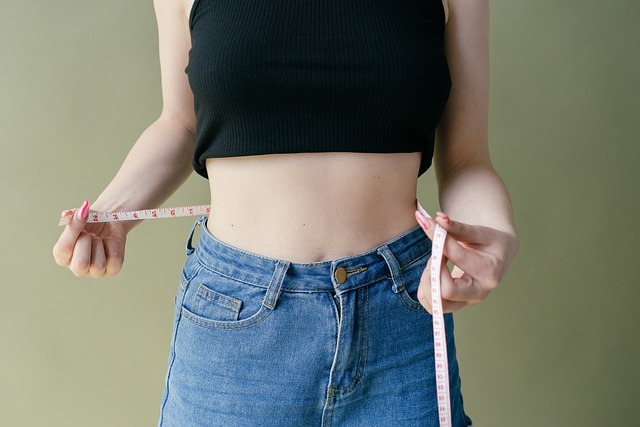The New Year has arrived, bringing with it a renewed sense of hope and a plethora of resolutions aimed at crafting a better version of ourselves. For many, this time of year represents a clean slate—a chance for a fresh start. If you’ve been considering changing your lifestyle to achieve your ideal body fat percentage, you’re not alone. The journey towards a healthier self begins with understanding your body fat percentage measurement and how it impacts your overall health and well-being.
A body fat percentage measurement is not just a number; it serves as a key indicator of your body composition and overall health. This measure divides your weight into fat and non-fat mass, offering insight into how much of your body is made up of fat tissue compared to muscle, bones, and organs. As you embark on your journey of self-improvement this year, you might feel overwhelmed by conflicting information about nutrition, exercise, and body image. However, understanding your body fat percentage can provide clarity and guidance in your quest for a healthier lifestyle.
New Year’s resolutions often come with lofty goals, yet many find themselves falling short of their targets as the weeks pass. To ensure sustainability, it’s crucial to break down your resolutions into actionable steps. Instead of promising yourself to drop pounds at any cost, focus on achieving a healthy body fat percentage that aligns with your individual goals. Consult with health professionals if needed, and establish a baseline body fat percentage measurement from which you can track your progress throughout the year.
The ideal body fat percentage varies by age, sex, and fitness level, so it’s essential to be realistic and informed about what you aim to achieve. This is the year to embrace “new me” mindsets and lifestyle changes that reflect your goals—not only about how you look but about how you feel. You’ll likely find that a healthier body fat percentage correlates with improved energy levels, greater mobility, and enhanced self-esteem.
To reach your ideal body fat percentage, consider adopting a balanced approach to nutrition and physical activity. Start with small, manageable dietary changes; perhaps swapping sugary snacks with whole fruits or cutting down on processed foods. Recognize that this lifestyle transformation is not about deprivation but about nourishment and wellness. Pair these dietary adjustments with regular exercise that you enjoy, whether that be dancing, swimming, or joining a local gym class.
Additionally, surround yourself with supportive communities that encourage positive habits. Engage with friends or family members who share similar goals, or join online groups focused on body composition and health. Sharing your journey can motivate you to stay committed and accountable. Together, you can celebrate small victories, whether they are hitting weekly exercise targets or tracking your body fat percentage measurements over time.
As you approach this journey, remember that lifestyle changes are not a race; it’s a marathon that requires patience and commitment. By focusing on consistency rather than perfection, you’ll develop habits that lead to lasting health benefits. Emphasize a holistic approach, incorporating mental and emotional wellness alongside physical fitness. Practices such as mindfulness, adequate sleep, and stress management play an integral role in your success and can significantly impact your body fat percentage.
Ultimately, this journey towards achieving your ideal body fat percentage measurement is about creating a vibrant, healthy lifestyle. With each step you take towards self-improvement, you’ll not only move closer to your fitness goals but also cultivate a deeper connection with your body and its capabilities. This New Year can be the turning point for a healthier, happier you—one small change at a time.



